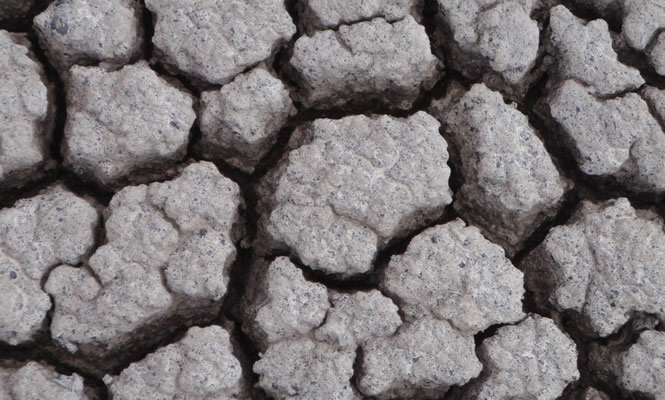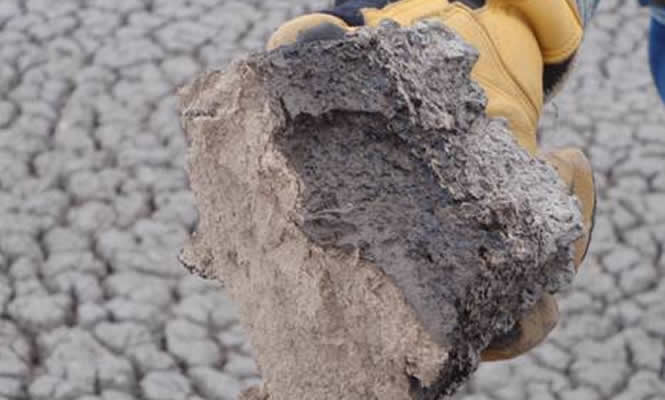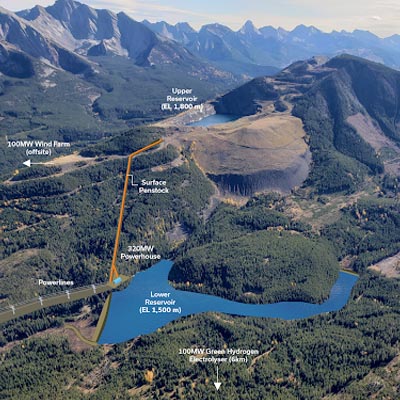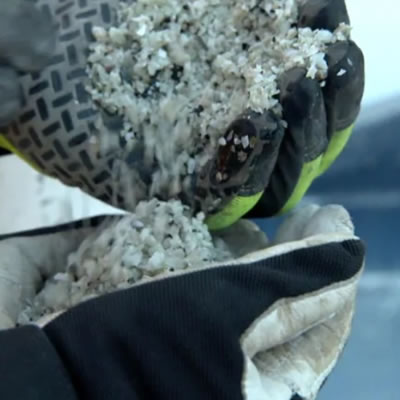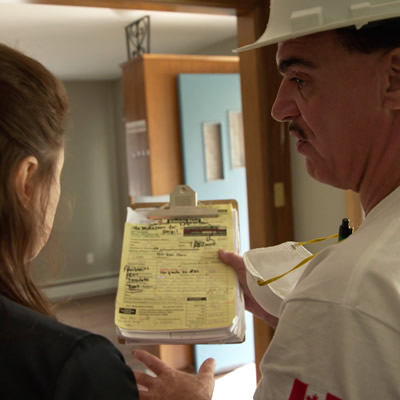Transforming tailings management in Alberta’s oilsands
Finding solutions for one of the most difficult issues for the oilsands mining sector of Alberta—tailings management
One of the most difficult issues for the oilsands mining sector of Alberta is tailings management. With much criticism over the environmental impact of these toxic ponds and with over 170 square kilometres of tailings ponds in Alberta, solutions are earnestly being sought to reduce these tailings ponds and the time it takes to reclaim the land.
The Oil Sands Tailing Consortium (OSTC) is one initiative that cannot be ignored. Seven of Canada’s largest oilsands companies announced plans in December of 2010 to work together in a unified effort to advance tailings management. Each company has pledged to share its existing tailings research and technology and to remove barriers to collaborating on future tailings research and development.
This massive partnership is indeed a breakthrough in an industry where usually doors are kept closed and information kept within. The consortium is made up of Canadian Natural Resources Limited, Imperial Oil, Shell Canada, Suncor Energy, Syncrude Canada Ltd., Teck Resources and Total E&P Canada.
Suncor Energy intends to share details specific to its TRO(TM) (Tailings Reduction Operations) process, a brand new technology that has already reached great success and has won numerous awards. The company received approval for its tailings management plan from the Energy Resources Conservation Board (ERCB) in June 2010.
Tailings are a mixture of fine clay, sands, water and residual bitumen produced through the oilsands extraction process. As tailings settle, a portion will eventually form mature fine tailings (MFT), a substance that has historically taken many decades to firm up sufficiently for reclamation. During the TRO process, MFT is mixed with a polymer flocculent and then deposited in thin layers over sand beaches with shallow slopes. This drying process occurs over a matter of weeks, allowing more rapid reclamation activities to occur. The resulting product is a dry material that can be reclaimed in place or moved to another location for contouring and replanting with native vegetation.
"We expect to invest more than $1 billion to implement our new TRO technology, potentially reducing tailings reclamation time by decades," said Kirk Bailey, Suncor's executive vice-president, oilsands. "Suncor's commitment to restoring natural habitats is also illustrated by our plans to complete the reclamation of our first tailings pond to a solid surface later this year."
On June 15, 2011, Suncor won the Emerald Challenge Award for demonstrating a significant and ongoing commitment to environmental excellence and leadership in activities related to oilsands development in Alberta.
The TRO process is changing how Suncor manages tailings at its mine, which processes 180 million tonnes of oil sand annually and ingests about 50,000 tonnes of fine clays per day.
More than 200 employees and contractors worked to ramp up the TRO process during the peak drying months of summer 2010. Heading into the 2010-2011 winter season (when drying isn't possible), Suncor had:
- processed approximately 2.9 million tonnes of tailings fines (compared to 188,000 tonnes of tailings fines in 2009);
- Capacity to process 25,000 to 30,000 tonnes of tailings fines per day (compared to a tailing fines processing capacity of 1,500 tonnes per day in 2009);
- four TRO process MFT drying sites and five plants (compared to one drying site and one plant in 2009); and
- plans to add MFT drying sites annually for the next three years, resulting in increased capacity to process tailings fines.
TRO technology development, regulatory approval and commercial implementation have already enabled Suncor to cancel plans for five additional tailings ponds at its existing mine operations. In the years ahead, Suncor also expects to reduce the number of tailings ponds at its present mine site from eight to just one, shrinking the total land area covered by the ponds by approximately 80 per cent.

